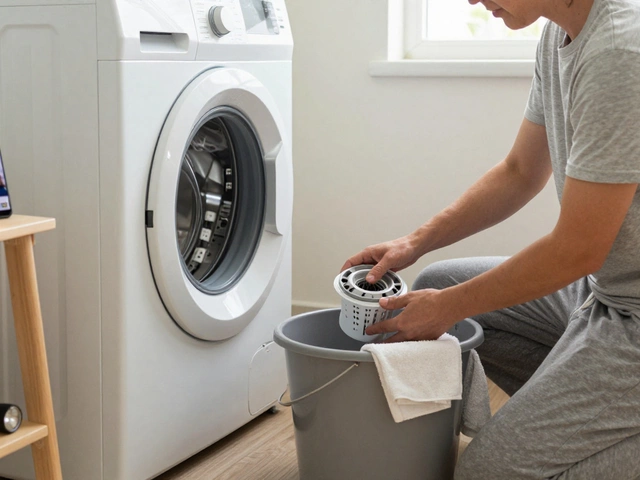Kitchen Extractor Fan Repair: Why Do They Suddenly Stop Working?
June 18 2025DIY Boiler Service: Simple Steps to Keep Your Boiler Running Smoothly
Got a boiler that’s getting noisy or your heating bills are creeping up? Before you call a pro, you can do a few basic checks yourself. A quick DIY service can spot problems early, keep the system efficient, and save you a few pounds. Just remember: safety comes first, so never ignore the gas and electrical warnings.
Why DIY Boiler Servicing Matters
Regular upkeep stops tiny issues from turning into pricey breakdowns. When you clean the burner, check the pressure, and flush the system, you’ll notice better heat output and lower energy use. Plus, catching a leaking valve or a stuck pump early means you avoid sudden loss of heat in the middle of winter. Doing the work yourself also gives you a better idea of what’s really wrong, so when you do need a professional, you can explain the issue clearly and avoid extra call‑out fees.
Step‑by‑Step DIY Boiler Service Guide
Follow these straightforward steps. If at any point you feel unsure, stop and call a certified engineer – it’s better to be safe than sorry.
- Turn off the power and gas. Switch off the electricity at the consumer unit and close the gas valve. This eliminates any risk of sparks or gas leaks while you work.
- Check the pressure gauge. Your boiler should sit between 1 and 1.5 bar when cold. If it’s low, add water using the filling loop until you hit the right range. Too high? Bleed a radiator to release excess pressure.
- Inspect the condensate pipe. Make sure it isn’t blocked or frozen. A clogged pipe can cause the boiler to shut down. Use a flexible brush or warm water to clear any blockage.
- Clean the burner. Remove the front panel (usually secured with a few screws). Use a soft brush or compressed air to clear dust and soot from the burner holes. Don’t spray liquids directly on the burner.
- Flush the system. If you haven’t done a power flush in the last two years, connect a garden hose to the drain valve and let the water run until it’s clear. This removes sludge that can cause cold spots.
- Test the safety devices. Press the reset button, then switch the boiler back on. Listen for normal operation and watch for any error codes on the display. If an error appears, note it and look it up in the manual.
- Bleed radiators. Air trapped in radiators reduces heat output. Use a radiator key to open the valve a little – you’ll hear a hissing sound. When water starts to flow, close the valve.
- Check for leaks. Look around pipe joints, the pump, and the heat exchanger for any water droplets. Small drips can turn into major problems quickly.
Once you’ve finished, turn the gas and electricity back on, and let the boiler fire up. It should run quietly and deliver heat to every room. Keep a log of the date, pressure reading, and anything you cleaned – this helps you track maintenance over time.
If any step felt out of your depth, or if the boiler still shows error codes after your checks, call a Gas Safe registered engineer. Trying to tinker with gas components without the right training can be dangerous.
Doing a DIY service every year, especially before the cold months, can extend the life of your boiler by several years. It also shows your heating system some love, which translates to a warmer house and lower bills. So next time the thermostat clicks up, you’ll know exactly what to do before you pick up the phone.
 25 Apr
25 Apr
Can You Service a Boiler Yourself? What You Need to Know Before Getting Started
Thinking about servicing your boiler yourself? This article breaks down what tasks you can actually handle on your own and which ones are best left to professionals. Find out what UK law says about DIY boiler work, what tools and skills you really need, and common mistakes that can cost you. Plus, get straightforward tips to keep your boiler working safely and efficiently all year round. Stay safe, save money, and know what’s within your DIY reach.
Read More...



